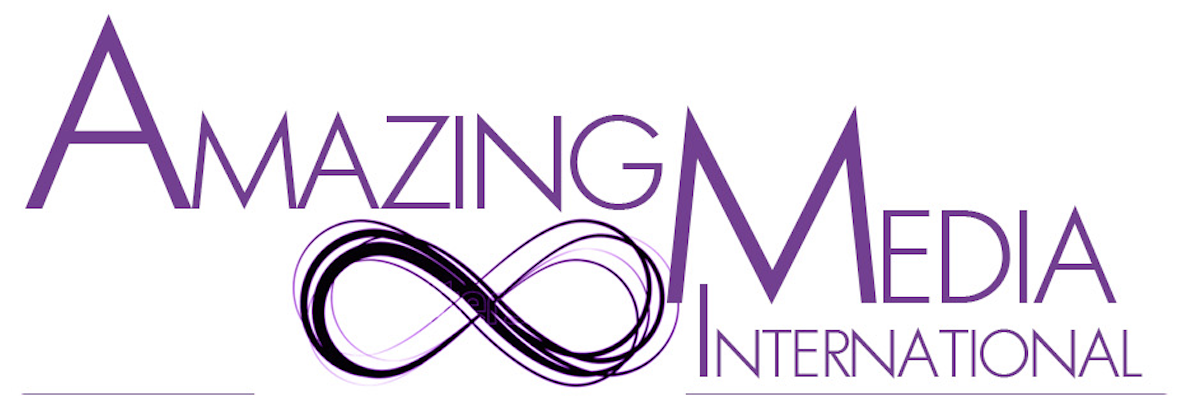One of the steps in determining what key competencies should be included in your leadership developent program is assessing where your high potential individual contributers, supervisors, managers, and directors are currently as far as their leadership skills and competencies. This current state is then compared to where the participants need to be in the future (based on the future leadership needs of your organization). The gap between where a leader is now and where they need to be in the future points the direction for creating organization-wide as well as individual learning, growth and development plans. Integrating the development needs of participants at many different levels in their leadership journey can be a challenge, yet is vitally important in designing a program that will benefit the organization most. It is easy to use a cookie cutter approach, purchase an off-the-shelf program, or send supervisors and managers to off-site training programs. These options can provide good foundational training that helps integrate a common language and perspective; however, blending multiple options is the key to appealing to the growth and development of individuals with different learning styles and needs. The best leadership development programs will have a variety of learning options such as classroom training, small group discussions, mastermind sessions, individual coaching, mentoring, activities and stretch leadership assignments.
So now back to the question we started asking: How do you go about assessing the leadership competency of current individuals in your organization? There are many ways and depending on the individual, their level of authority within the company, their depth and breadth of experience, their natural communication and behavioral tendencies, and their emotional intelligence skills, one size certainly does not fit all. Briefly, here are a few ways to assess where a person is on their leadership journey. We welcome comments about what tools have worked and have not worked well in your experience:
- Personality Assessments – Such as the Myers-Briggs Type Indicator. This tool can provide insight and understanding into the most prominent personality traits dealing with how the individual approaches others and the world. Individuals are assessed on several continuums describing whether or not they are more extroverted or introverted in relating to the world; more sensing or more intuitive when gathering and assessing information; makes decisions based more on thinking or on feelings; and is more open to new perceptions or more judging and structured when confronted with new ideas and information.
- Behavior Preference Assessments – Such as the DISC matrix model. This tool can be useful for understanding your own, and others communication and leadership tendencies based on observable behaviors such as speaking off-the-cuff using a fast pace and many hand gestures versus speaking more slowly and thoughtfully while controlling body language. This assessment tool is easily accessible in many forms and is a popular tool because it can be used to adjust and adapt a leader’s style more easily to the tendencies and preferences of others in order to achieve improved outcomes.
- 360 Degree Leadership Assessments. These assessments are best used for mid-level managers or executives who are fairly experienced leaders, yet who may have a self-awareness that does not match the perceptions of others. This tool can be very powerful in allowing a leader to see very candidly how they are perceived by their peers, their superiors, their clients or customers (in some cases), and their direct and indirect reports. If a leader is open and ready to accept the truth of how they come across to others, and is willing and able to learn and improve based on the results, this can be an extremely powerful tool.
- Performance evaluations. While often considered subjective, if performance evaluations by self and others are prepared thoughtfully and honestly they can be useful in providing information about a person’s leadership competencies.
- Leadership Skills Inventories. These provide a self-reported list of skills, experiences, courses, opportunities a person has acquired over time. These can be in the form of a survey, questionnaire, in-person planning session, and other forms. These are good tools (often completed following one or more of these other assessments) for preparing individual learning and development plans designed to determine where the leader would like to grow and develop to reach future goals (point B), where the leader is now (point A), and what needs to be done to get from point A to point B. Coaching sessions can be an excellent way forward to help a leader create a skills inventory and an individual learning and development plan.

